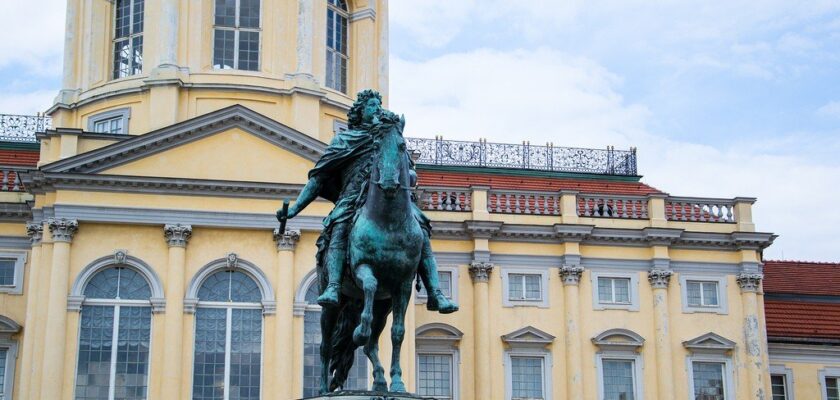Charlottenburg Palace
Charlottenburg Castle is an exquisite palace, considered the largest Baroque monument in Berlin and served as the residence of the Hohenzollern dynasty. The magnificent castle was erected in the late 17th century and was a gift from King Frederick I of Prussia to his wife Sophia Charlotte of Hanover.
.At first the palace was small, but then it was rebuilt many times and took on its current appearance. Charlottenburg Castle is surrounded by a luxurious park and is very popular with tourists and Berliners. Many come here to see the royal apartments and porcelain collections, while others enjoy just strolling through the green park.
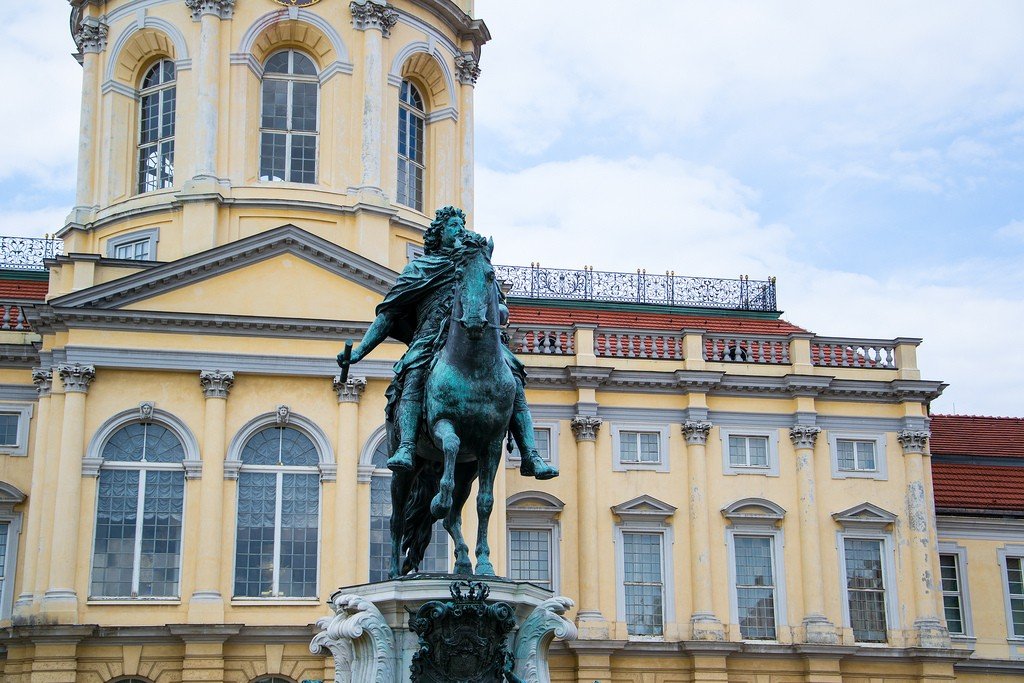
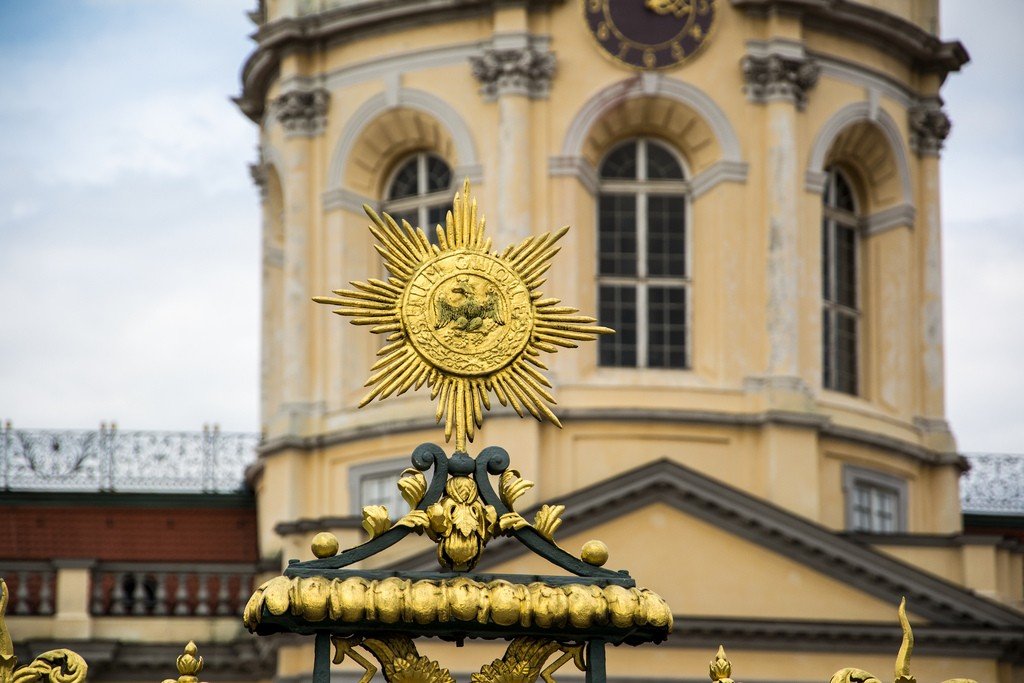
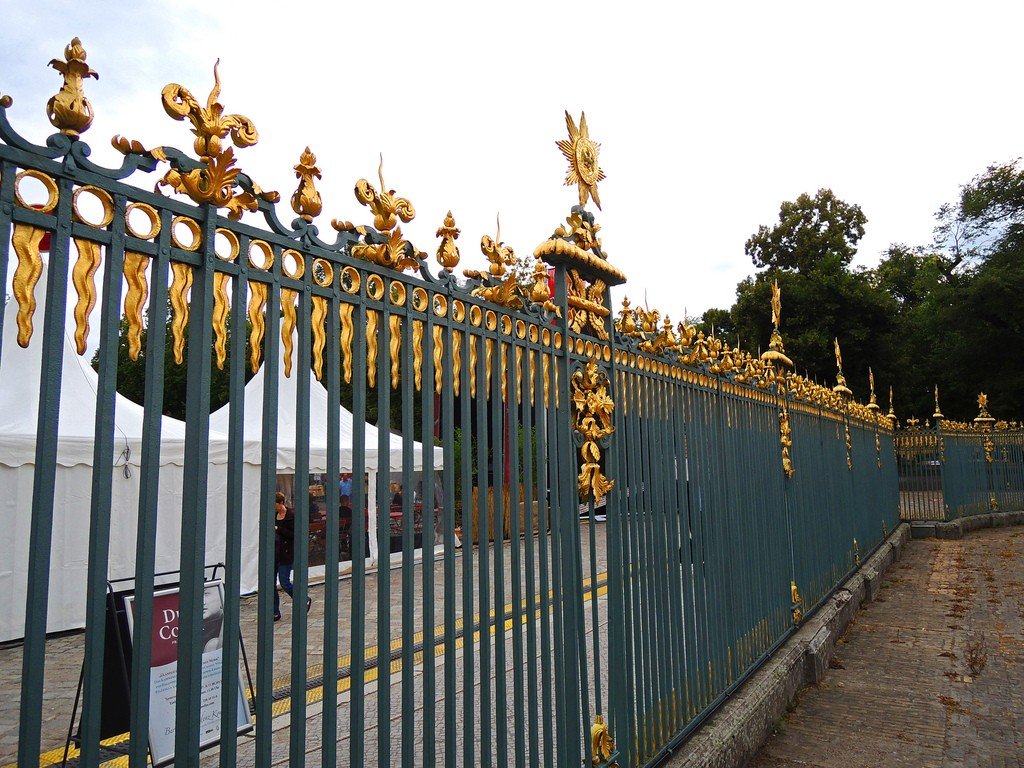

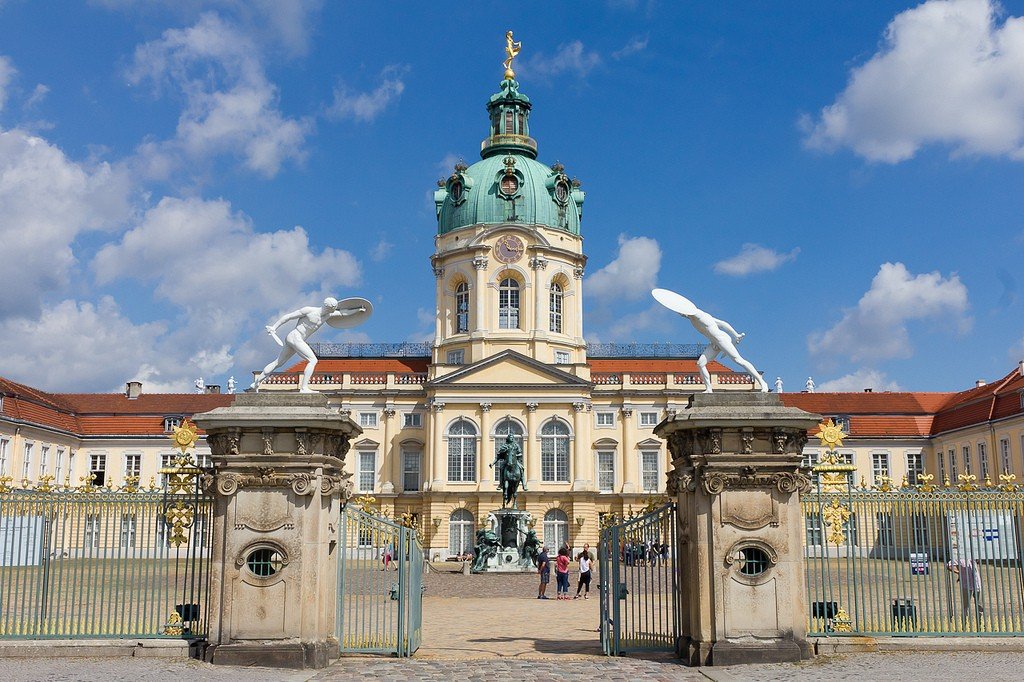
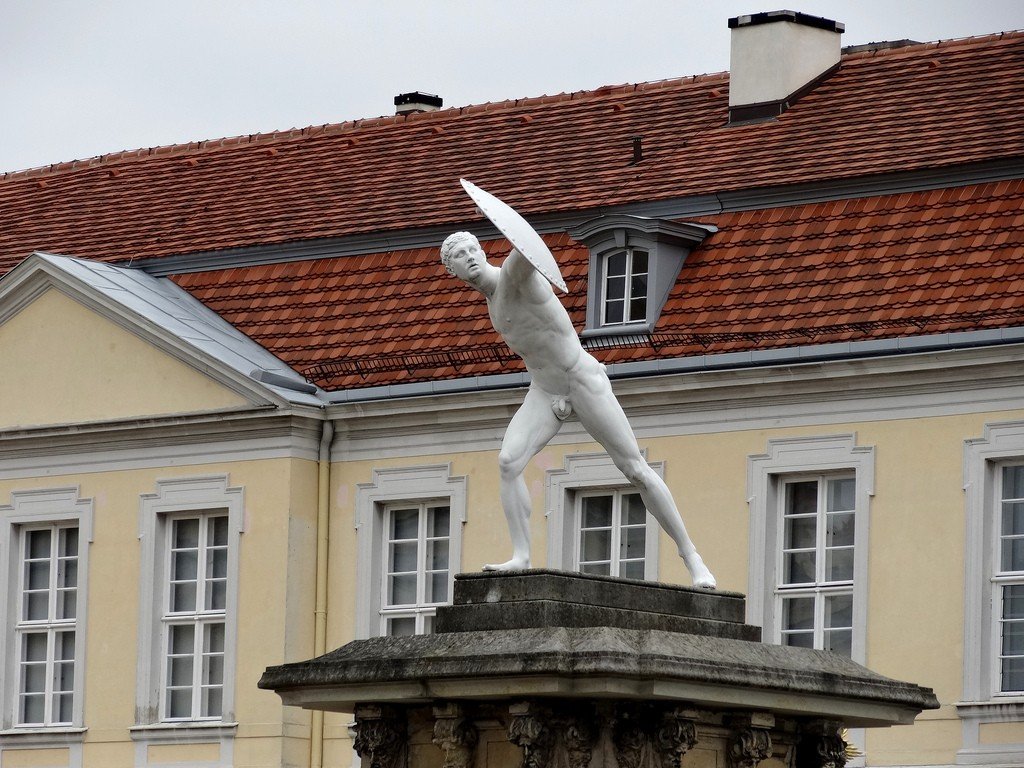
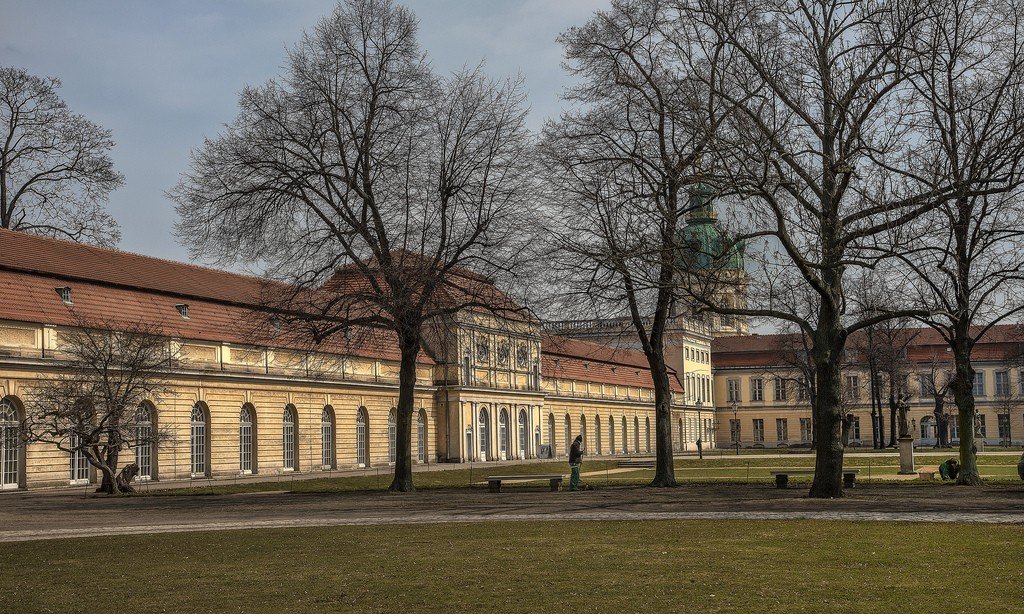
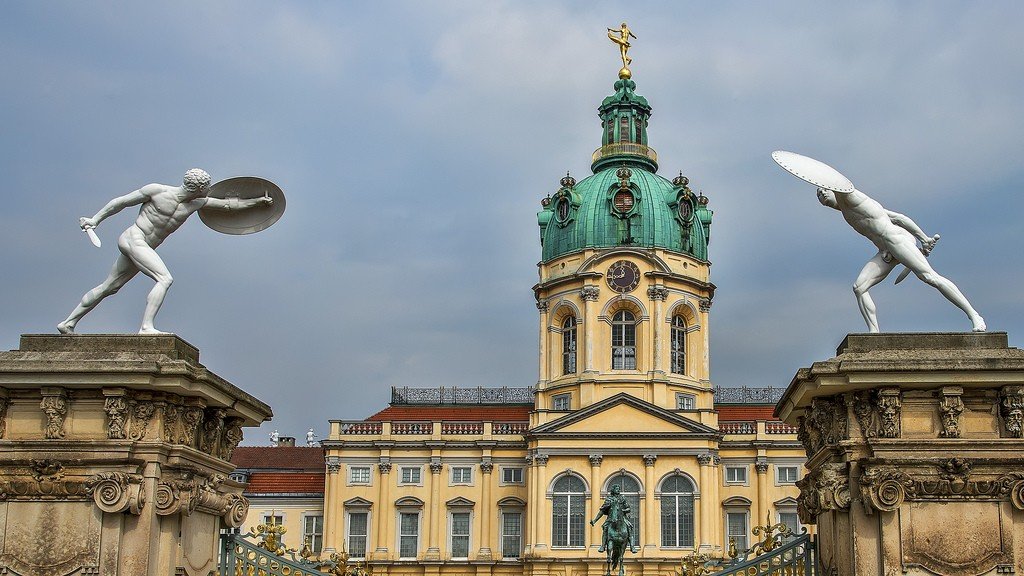
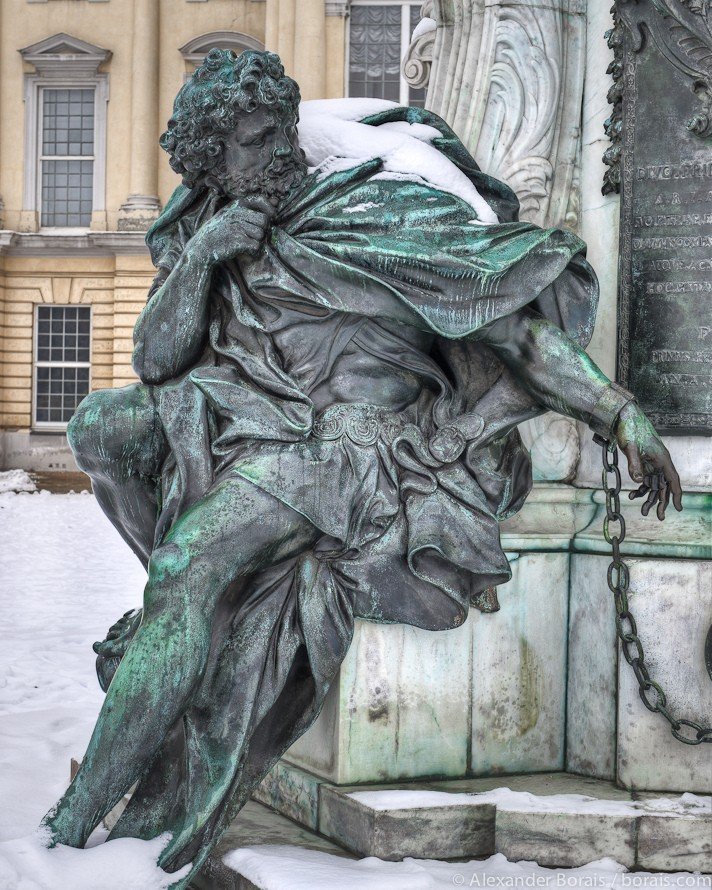
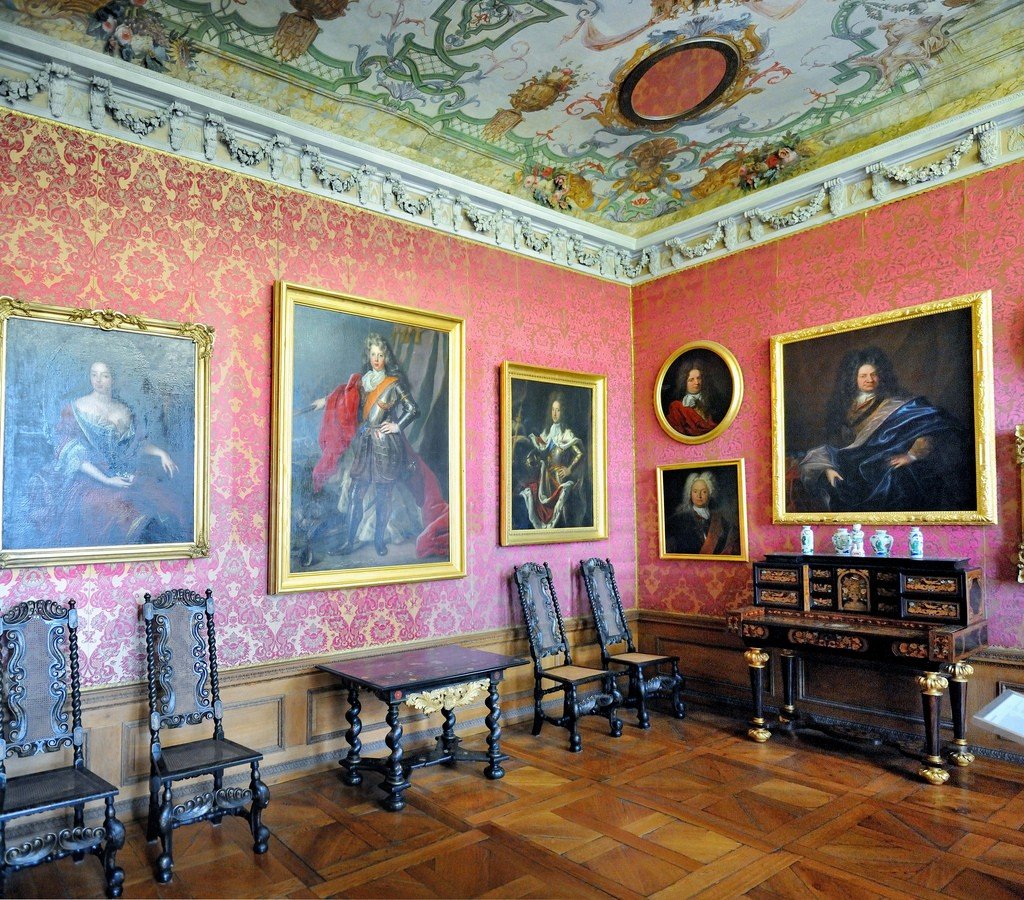
Video: Charlottenburg Castle
ContentsVisitor Information
The main entrance to the palace is topped by a 48-meter-high dome, on which stands a gilded statue of Fortuna. For visitors, the park and Charlottenburg Castle are open any day except Monday. You can get here: from April to October from 10.00 to 18.00, and from November to March from 10.00 to 17.00. Keep in mind that the territory is closed from December 24 to 26, and on December 31 accepts guests from 10.00 to 14.00. The last visitors are allowed in half an hour before closing time.
.The entrance ticket to Charlottenburg Castle costs 10 € for adults, a discounted ticket costs 7 €. For photography without flash you have to pay an additional 3 €.
.
History of Charlottenburg Castle
Contemporaries of Prussian King Frederick I noted his passion for opulence and splendor, his constant desire for luxury and his adoration of all things French. The palace, conceived by the monarch, was erected in 1695-1699 under the direction of the court architect Johann Arnold Nehring.
>
It was a two-story building with a projecting oval hall and dome. Eleven large palace windows faced north and looked out into the garden. Charlottenburg Castle turned out luxurious and was used by the royal couple as a summer palace. At that time it stood in the suburbs of Berlin, near the village of Litzen, so it was originally named “Litzenburg”. It is noteworthy that at the end of the 19th century a street near the palace was named after the architect.
.
Under King Frederick II, the castle had a new outbuilding and greenhouses. Friedrich Wilhelm III initiated the construction of a theater and a pavilion with a hall for royal tea parties..
After the end of World War II, Charlottenburg Castle, like much of Berlin, was destroyed and was in ruins. In the hard post-war time there was no money for its restoration, so even the question of demolishing the architectural monument was raised. Thanks largely to the director of the palace, this did not happen. But the full restoration of the buildings and the park took several decades.
.Palace buildings
The palace visitors are most interested in the spacious room, the Reception Hall, richly decorated with niches and beautiful bas-reliefs. In the western wing of Charlottenburg Castle, the Great Greenhouse, which appeared in the early 18th century, has been preserved. During the cold season exotic plants from the park were stored here, and during the summer months fun festivals were held here. These days, the greenhouse organizes popular concerts and gala evenings.
In Charlottenburg you can see statues made by the famous German sculptor Gustav Hermann Bleser. They are skillfully molded busts of famous poets – Ludovico Ariosto, Francesco Petrarch, Dante Alighieri and Torquato Tasso. The pavilion, which used to be used for royal tea parties, now displays examples of antique porcelain made by Chinese and German craftsmen.
.
On the east side is a graceful Italian-style summer pavilion. It was built in 1825 by the architect Carl Friedrich Schinkel, and today you can see a collection of drawings by artists working in the early 19th century. Some of them were made by C. Schinkel.
.Park
At the request of Frederick I, a large park was laid out at the castle of Charlottenburg in the best traditions of French gardening. Over time, English free-form gardens became fashionable in Europe, so the palace park was changed. The gardeners of those times wanted to give the whole palace-park complex a resemblance to the villas of sunny Italy, and they fully achieved their goals. The park has shady alleys and spacious lawns, thick green grass, artificial slides, small ponds and picturesque grottoes.
.
In the palace park there is a mausoleum, where the wife of King Friedrich Wilhelm III – Louise and other members of the royal family are buried. There is also a monument to the palace’s founder, King Frederick I.
How to get there
Charlottenburg Castle stands in the west of Berlin, at Spandauer Damm 10-22. The palace complex on the banks of the River Spree can be reached by bus numbers 109, 309 and M45 to the “Schloss Charlottenburg” stop. The nearest subway station “U-Bhf-Richard-Wagner-Platz” is located 0.8 km from the palace building. From there, Charlottenburg is within easy walking distance.
.